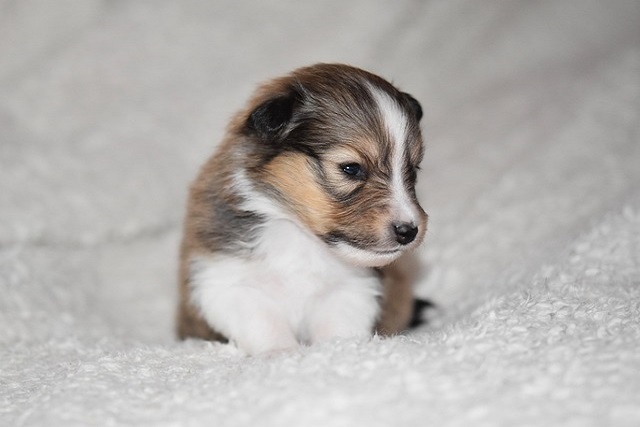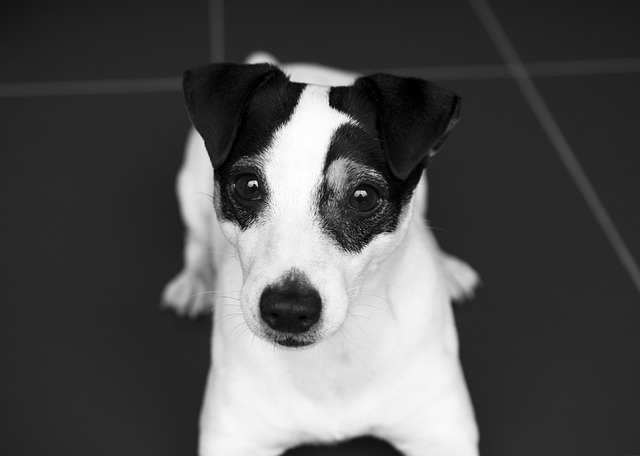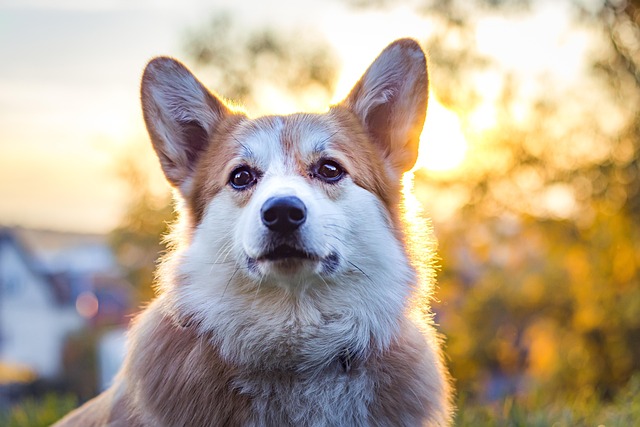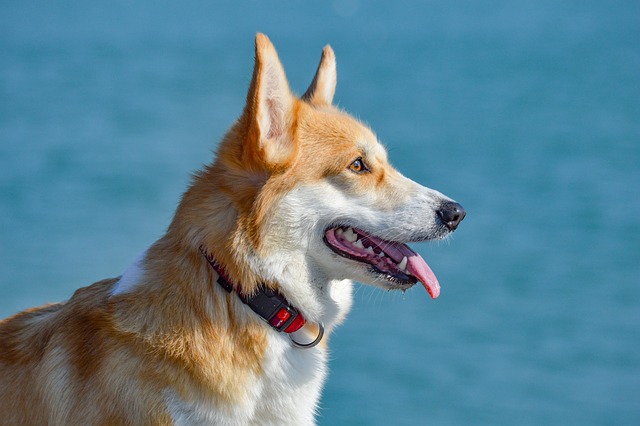
What is basic dog discipline
Let’s be honest – bringing home a furry friend is pure joy, but without clear ground rules, chaos can follow fast. Basic dog discipline isn’t about strict dominance;
Got a new 2 - month - old furball bounding around your place? The excitement’s real, but so’s the challenge of potty training. Trust me, I’ve been there. That tiny puppy might be cute as a button, but those unexpected puddles on your brand - new rug? Not so much. Training your little one to pee on a pad isn’t just about saving your floors—it’s about being a savvy pet owner who knows the ropes, respects local norms, and keeps their furry friend healthy and happy.
Before you even start, let’s get the setup right. In countless Western homes, indoor pee pads are a lifesaver, especially when the weather’s acting up or you’re swamped with work and can’t dash outside every few minutes. When shopping for pads, don’t skimp. Look for ones that can soak up a ton of liquid and have a grippy bottom to stop them from sliding around. And where you place the pad matters big time. Pick a quiet corner in a room your puppy hangs out in, far from where they chow down and hydrate. Why? Well, think about it—would you want to do your business next to your dinner table? Exactly. Plus, local animal welfare rules often stress the importance of a clean, separate space for pets to relieve themselves. A proper pee pad setup is your first step in ticking that box.
 Now, onto the nitty - gritty of training. Puppies at this age have bladders the size of a pea. Seriously. They need to pee all the time—right after they wake up from a nap, finish a meal, gulp down some water, or wind down from a wild play session. Keep your eyes peeled for telltale signs. If your pup starts sniffing the ground like they’re on a treasure hunt, doing little circles, or letting out those tiny whines, it’s showtime. Scoop them up gently (no rough handling, they’re still so tiny!) and hustle over to the pee pad. Softly say something like “Go potty” as you place them down. You might feel a bit silly talking to a puppy at first, but it’s all part of creating that association.
Now, onto the nitty - gritty of training. Puppies at this age have bladders the size of a pea. Seriously. They need to pee all the time—right after they wake up from a nap, finish a meal, gulp down some water, or wind down from a wild play session. Keep your eyes peeled for telltale signs. If your pup starts sniffing the ground like they’re on a treasure hunt, doing little circles, or letting out those tiny whines, it’s showtime. Scoop them up gently (no rough handling, they’re still so tiny!) and hustle over to the pee pad. Softly say something like “Go potty” as you place them down. You might feel a bit silly talking to a puppy at first, but it’s all part of creating that association.
When they actually use the pad, it’s a party! Make a huge deal out of it. Shower them with praise, give them a tiny, puppy - safe treat (but check local pet food regs first—you don’t want to give them something that’s a no - no), and follow it up with some belly rubs. Positive vibes all around. Dogs live for that kind of attention, and they’ll quickly figure out that using the pad equals good stuff.
Accidents? They’re inevitable. When they happen, take a deep breath. No shouting, no rubbing their nose in it. That old - school “training” method is not only cruel but also totally ineffective. Instead, grab an enzymatic cleaner and scrub that mess away completely. Dogs have noses that put bloodhounds to shame, and if they catch even a hint of their previous accident, they’ll think that’s the spot to go. Keeping your home clean isn’t just about aesthetics; it’s often a requirement under local housing and pet - keeping rules. A clean home is a happy home for both you and your pup.
As your puppy gets the hang of using the pad, start playing the long game. Gradually move the pad closer to the door. The end goal for many pet owners in the West is to get their dogs to pee outside. But it’s a marathon, not a sprint. If your puppy seems confused or starts having accidents again during the move, don’t panic. Just slide the pad back a bit and give them more time.
And here’s a pro tip: while you’re nailing the indoor pad training, keep in mind those outdoor pee rules. In some neighborhoods, public parks and certain sidewalks are off - limits for doggy business. Knowing these regulations early on will make the transition to outdoor potty training a whole lot smoother.
Training a 2 - month - old puppy to pee on a pad is a journey filled with ups, downs, and plenty of adorable moments. With a bit of patience, a whole lot of consistency, and buckets of love, you’ll have a pad - trained pup before you know it, all while staying on the right side of the rules and being the envy of your pet - loving neighbors.

Let’s be honest – bringing home a furry friend is pure joy, but without clear ground rules, chaos can follow fast. Basic dog discipline isn’t about strict dominance;

That cherished rug shredded. The door frame gnawed beyond recognition. Your once perfectly house-trained companion is suddenly causing chaos,

If you’re scrolling through this article, chances are you’re eyeing a Sheltie puppy or already have one wreaking “cute havoc” at home.

You've chosen a pup with fire in its eyes and wilderness in its blood – that instinctive drive to hunt is why we love our bird dogs and retrievers. But timing is everything when shaping that raw potential.

There’s something primal about watching a black wolfhound move through the mist-draped woods at dawn—the way their lean silhouette cuts through the grey light, muscles coiling like springs beneath that midnight coat.

If your dog ignores your command until they hear the clicker, treating it like a magic button for treats. While clicker training has perks, it’s not without flaws.